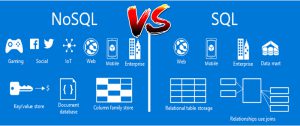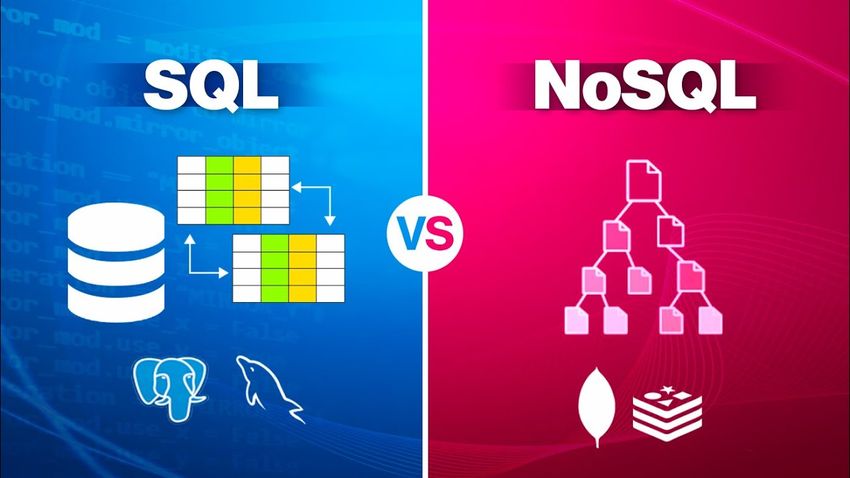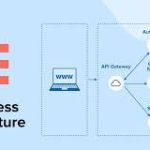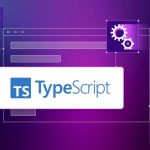Introduction
Selecting the right database for your project is a critical decision that affects performance, scalability, and flexibility. The two primary types of databases, SQL (Structured Query Language) and NoSQL (Not Only SQL), each have distinct advantages and drawbacks. Understanding when to use SQL or NoSQL will help you build a robust, efficient, and scalable application.

What is SQL?
SQL databases are relational databases (RDBMS) that store data in structured tables with predefined schemas. They use structured query language (SQL) to manage and manipulate data. Common SQL databases include:
- MySQL
- PostgreSQL
- Microsoft SQL Server
- Oracle Database
- SQLite
Advantages of SQL Databases
- Structured and Consistent Data: SQL databases use fixed schemas, making them ideal for applications requiring structured and consistent data storage.
- ACID Compliance: SQL databases follow Atomicity, Consistency, Isolation, and Durability (ACID) principles, ensuring data integrity and reliability.
- Powerful Query Capabilities: SQL databases support complex queries, joins, and transactions, making them excellent for analytical applications.
- Data Relationships: They are perfect for applications that require complex relationships between different data entities.
- Standardized Language: SQL is a universal language supported by almost all relational database management systems.
Disadvantages of SQL Databases
- Scalability Challenges: Scaling SQL databases vertically (by adding more resources to a single server) is costly and complex.
- Rigid Schema: Changes to the schema require migrations, which can be time-consuming and error-prone.
- Performance Issues with Large Data: Large-scale applications with high write and read operations may experience performance bottlenecks.
What is NoSQL?
NoSQL databases are non-relational databases that store data in a flexible, schema-less format. They are designed for large-scale, high-speed data storage and retrieval. Popular NoSQL databases include:
- MongoDB (Document-based)
- Cassandra (Column-family store)
- Redis (Key-value store)
- Neo4j (Graph database)
Advantages of NoSQL Databases
- Flexible Schema: NoSQL databases allow dynamic schema changes, making them ideal for agile development.
- Horizontal Scalability: They are designed to scale out by distributing data across multiple servers.
- High-Speed Performance: NoSQL databases offer fast read/write operations, making them suitable for real-time applications.
- Big Data Handling: Ideal for handling unstructured and semi-structured data like JSON, XML, and multimedia files.
- Distributed Architecture: Many NoSQL databases are designed for high availability and fault tolerance.
Disadvantages of NoSQL Databases
- Lack of ACID Compliance: Most NoSQL databases prioritize availability over consistency, which can lead to data inconsistencies.
- Limited Query Capabilities: NoSQL databases do not support complex joins and queries as efficiently as SQL databases.
- Less Mature Ecosystem: Compared to SQL, NoSQL databases have less robust tools and community support.
- Data Duplication: NoSQL often sacrifices normalization for performance, leading to redundant data storage.
SQL vs. NoSQL: Key Differences
| Feature | SQL Databases (Relational) | NoSQL Databases (Non-Relational) |
|---|---|---|
| Structure | Fixed schema, tables | Flexible schema, varied formats |
| Scalability | Vertical scaling | Horizontal scaling |
| ACID Compliance | Yes | Often not fully compliant |
| Performance | Slower with large data | Faster for large-scale applications |
| Best Use Cases | Structured data, transactions | Big data, real-time applications |
| Examples | MySQL, PostgreSQL | MongoDB, Cassandra |
When to Use SQL
Choose an SQL database if:
- You need strong consistency and data integrity (e.g., banking, finance, and healthcare applications).
- Your application requires complex queries and transactions.
- You are working with structured data that fits well into tables and relationships.
- You need historical tracking and auditing of data.
When to Use NoSQL
Choose a NoSQL database if:
- You need high scalability and availability (e.g., social media, streaming services, and IoT applications).
- Your data is unstructured or semi-structured.
- You require real-time processing and fast response times.
- Your application needs to handle big data workloads.
Conclusion
Both SQL and NoSQL databases have their strengths and weaknesses, and the choice depends on your specific project needs. SQL is best for structured data and transaction-heavy applications, while NoSQL is better suited for large-scale, distributed, and dynamic applications. In many cases, hybrid approaches that combine both SQL and NoSQL databases can provide the best of both worlds. Evaluate your project requirements carefully and choose the database that aligns with your business and technical goals.


